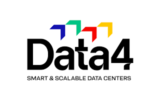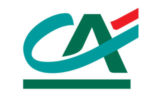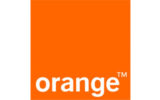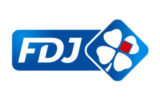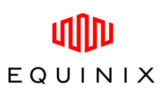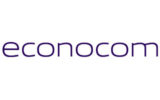Environmental impacts of digital technologies in Europe: a life cycle assessment approach
The members of NegaOctet (DDemain, GreenIT.fr, Bureau Veritas LCIE CODDE Department and APL Data Center) have been mandated by the European Greens/EFA parliamentary group to carry out a study about the environmental impact of digital technology in Europe.
This study was carried out using a multicriteria life cycle assessment, in compliance with ISO 14040:2006 and ISO 14044:2006, with normalisation to allow comparison with planetary boundaries.
The following four life cycle phases were studied to assess the environmental impacts of digital within the European Union:
- Manufacturing phase: from extraction of the raw materials to the last facotry gate.
- Distribution phase: from the last factory gate to the user.
- Use phase: impacts related to use, mainly electricity consumption.
- End-of-life phase: treatment, recycling, incineration and/or landfill of waste.
The main findings of this study:
- “Resource use, minerals and metals” is by far the most important environmental indicator regarding the environmental impacts of ICT, before “Climate change” and “Resource use, fossils”. This means multicriteria assessments are key to providing a systemic overview of the environmental impacts and avoiding impact transfers.
- The manufacturing phase is the category with the greatest impact on “resource use, minerals and metals”, and the raw material and waste production indicators. The use phase is the category with the greatest impact on the other indicators at the scale of Europe.
- The end-user devices are the most impactful, representing between 90% and 54% of the impacts, depending on the indicator. This is due to the large number of devices in all categories.
- The TV category alone represents a large proportion of the environmental impacts on all the indicators assessed, especially “Resource use, minerals and metals” (20%) for environmental indicators and waste production (21.5%) for flow indicators.
- The datacentre tier contributes between 5% and 23% of the environmental impact of ICT according to the environmental indicators, and accounts for between 13% and 28% of the flows.
Environmental impacts of digital technologies in Europe
An evaluation using the life cycle assessment method
Download the study







